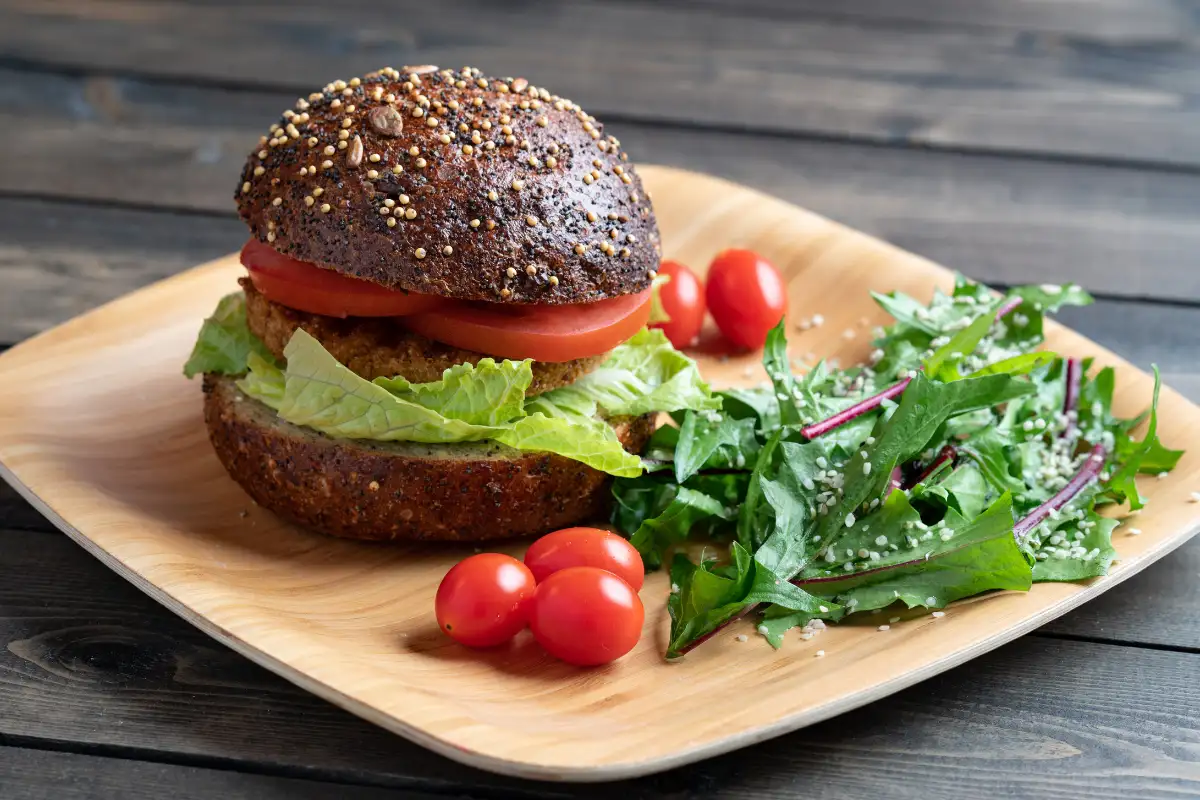
Eating vegetables is essential for maintaining good health. Plus, crunching on fresh veggies can add texture and variety to your meals! But if that thought doesn’t excite you, you’re not alone.
Many people struggle to incorporate enough veggies into their daily meals. The Dietary Guidelines for Americans, 2020-2025 recommends getting two cups of fruit and two and a half cups of vegetables daily, consuming a rainbow of colors throughout the week.
Whether you have picky eaters in the family or struggle to maintain your busy lifestyle, getting the recommended servings of veggies can be challenging. Fortunately, there are creative ways to sneak more vegetables into your diet without sacrificing flavor or convenience.

5 Benefits of Eating Vegetables Regularly
Before diving into the tips and tricks, let's recap why vegetables are essential.
Advertisement
- Stronger Immune System—Veggies are rich in nutrients. Each variety is loaded with essential vitamins, minerals, and antioxidants that help keep your immune system strong and healthier year-round.
- Supports Digestive Health—Vegetable fiber helps your GI tract run smoothly, promoting healthy digestion and the absorption of nutrients. It also prevents constipation and cleans out waste for good detox support.
- Helps Maintain a Healthy Weight—Vegetables are lower in calories and higher in fiber, which helps you feel fuller and more satisfied. This helps prevent overeating, making it easier to maintain a healthy weight.
- Improves Energy Levels—The vitamins and minerals in vegetables, especially vitamin C and B vitamins, provide a natural boost to support energy and mental cognition throughout the day.
- Reduces the Risk of Chronic Disease—Consuming more vegetables has been linked to a lower risk of chronic diseases such as heart disease, diabetes, and certain cancers.
How to Sneak Extra Veggies Into Your Meals
Here are some simple tips to easily sneak more veggies into your meals throughout the day.
Add Veggies to Breakfast
- Start your day with a nutrient-packed smoothie by blending a handful of spinach or kale with your favorite fruits. The mild flavor of these greens is easily masked by the sweetness of the fruit, making it a great way to add a serving of veggies to your breakfast.
- Give your muffins a makeover! Mix grated zucchini or carrots into pancake or muffin batter. These vegetables will add moisture and nutrients without changing the flavor. It’s a super easy addition to what you’re already doing as part of your morning routine
Blend Veggies into Sauces and Soups
- Hooray for puree! Pureeing vegetables like cauliflower, carrots, or butternut squash and mixing them into pasta sauces or soups is a clever way to increase your veggie intake. The pureed veggies blend seamlessly, adding a creamy texture and extra nutrients without altering the flavor.
Add Veggies to Main Dishes
- Veggies go well with lots of things! Add finely chopped vegetables to main dishes like meatloaf, burgers, or casseroles. You can also beef up your meals with bell peppers, onions, or mushrooms. These add flavor, texture, and plenty of nutrients.
- Have you ever had a zoodle noodle? Swap out traditional pasta or rice for zucchini noodles or cauliflower rice. These veggie substitutes are low in carbs and calories, and they absorb the flavor of your dish just as easily, making them a healthier option that still satisfies your hunger.
Use Veggies as Snacks
- Switch up your snacks. For quick snacks, keep a stash of raw veggies like carrots, cucumbers, and bell peppers on hand. This isn’t necessarily a hidden source of vegetables, but when you pair them with tasty dips like hummus or yogurt-based dressings, they can be much more satisfying and give you a nutrient-rich snack.
- Try making your veggie chips! Drizzle olive oil over a pan of kale or thinly sliced sweet potatoes or beets, top with a little sea salt, and bake in the oven until crisp. These crunchy snacks are a fun and healthy alternative to traditional potato chips.
Sneak Veggies into Desserts
- Another excellent use for pureed veggies is to add pumpkin or sweet potato to brownie or cake batter. These vegetables will increase moisture and nutrients without compromising the sweet, indulgent taste of your favorite treats.
- Chocolate lovers, we’ve got one for you, too! Use avocado or zucchini in chocolate-based desserts like brownies or mousse. These veggies enhance the creamy texture and add fiber. The avocado will also give you a good dose of healthy fat for more satisfaction.
Incorporating more vegetables into your meals doesn’t have to be complicated! Experiment with a few tips to sneak extra veggies into your dishes and find what works best for you or your family. These are easy ways to enjoy the health benefits of getting more vegetables in your daily meals without compromising taste. And if you need ideas to spark your creativity, check out our healthy recipes to get started.
If you’re ready for more personalized support, sign up for WAG nutrition coaching for one-on-one guidance to create a balanced, veggie-rich diet. We’ll work together to achieve your health goals.
References:
- Dietary Guidelines for Americans, 2020-2025. Retrieved from: https://www.dietaryguidelines.gov/resources/2020-2025-dietary-guidelines-online-materials
- Adults Meeting Fruit and Vegetable Intake Recommendations – United States, 2019.Retrieved from: https://www.cdc.gov/mmwr/volumes/71/wr/mm7101a1.htm
Amy Cimo
Amy is a Nutritional Therapy Practitioner and Certified Personal Trainer based in Baton Rouge, Louisiana. She is enthusiastic about helping others find a balance between nutrition, movement, and mindset to live happy and healthy. Amy has a BA in Mass Communication, a BS in Marketing, and a passion for storytelling and connecting people with relevant information and resources.
Get a WAG Coach
Working Against Gravity has led the macro tracking and health space for over a decade. Our team doesn’t just understand the science of nutrition—we’ve spent years mastering the art of tailoring it to fit your life. That means no cookie-cutter plans, just real strategies that have worked for over 30,000 people.
Choose from our membership options and start working with an expert 1-on-1 coach today.



